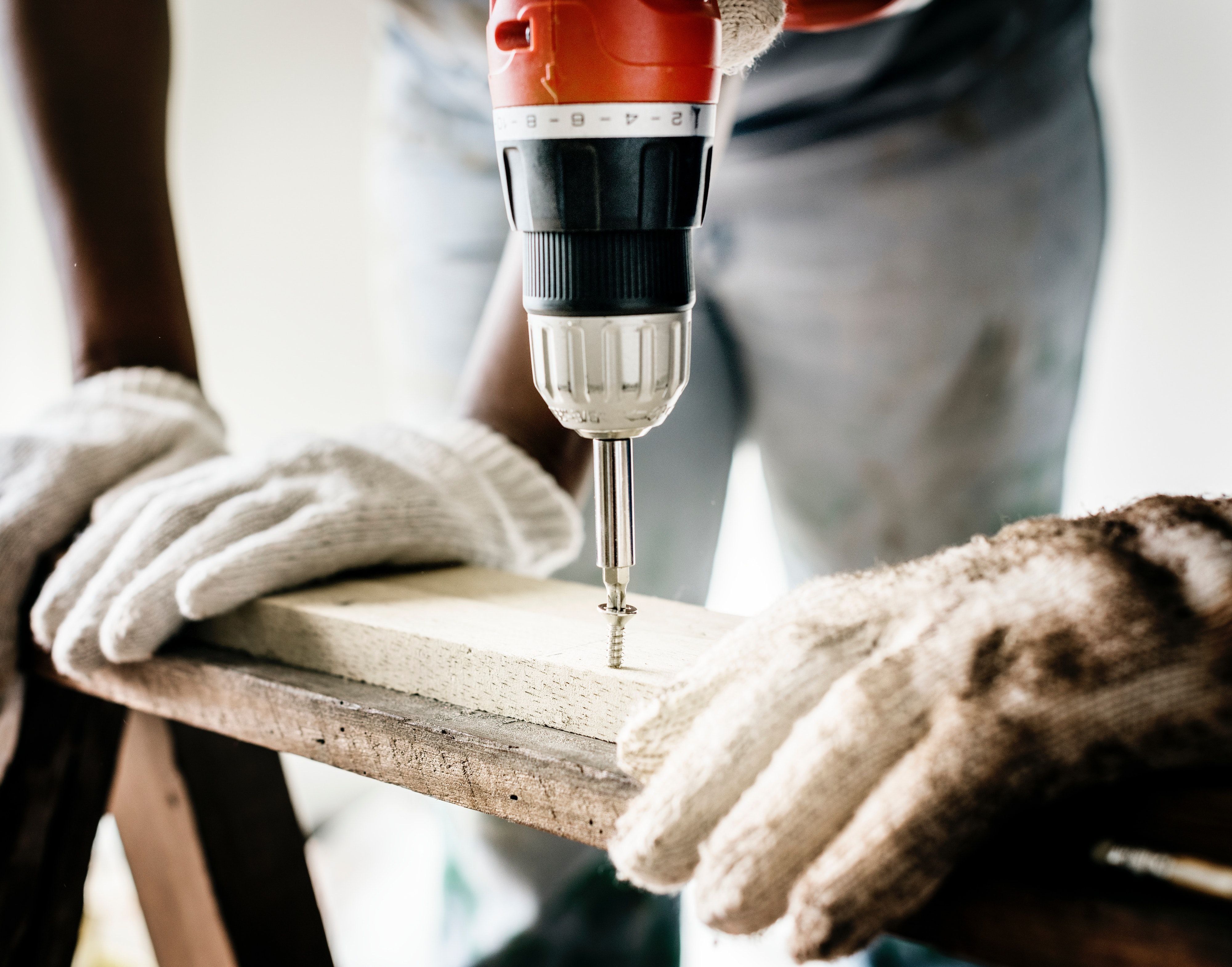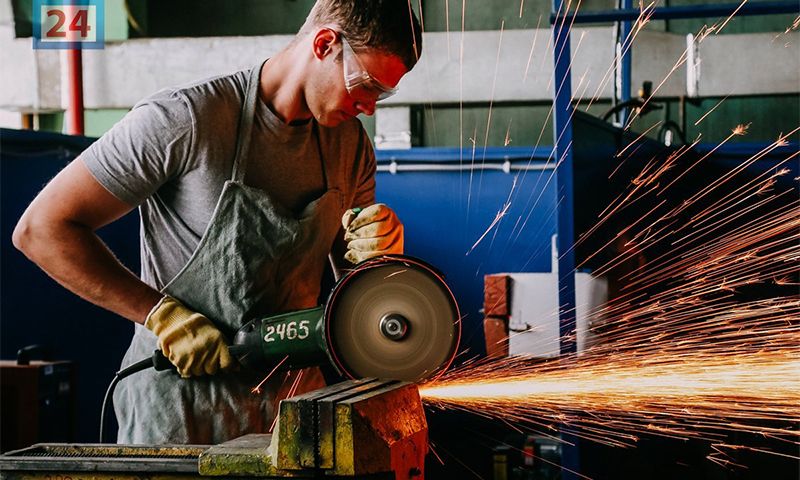The best BOSCH levels and laser levels in 2024
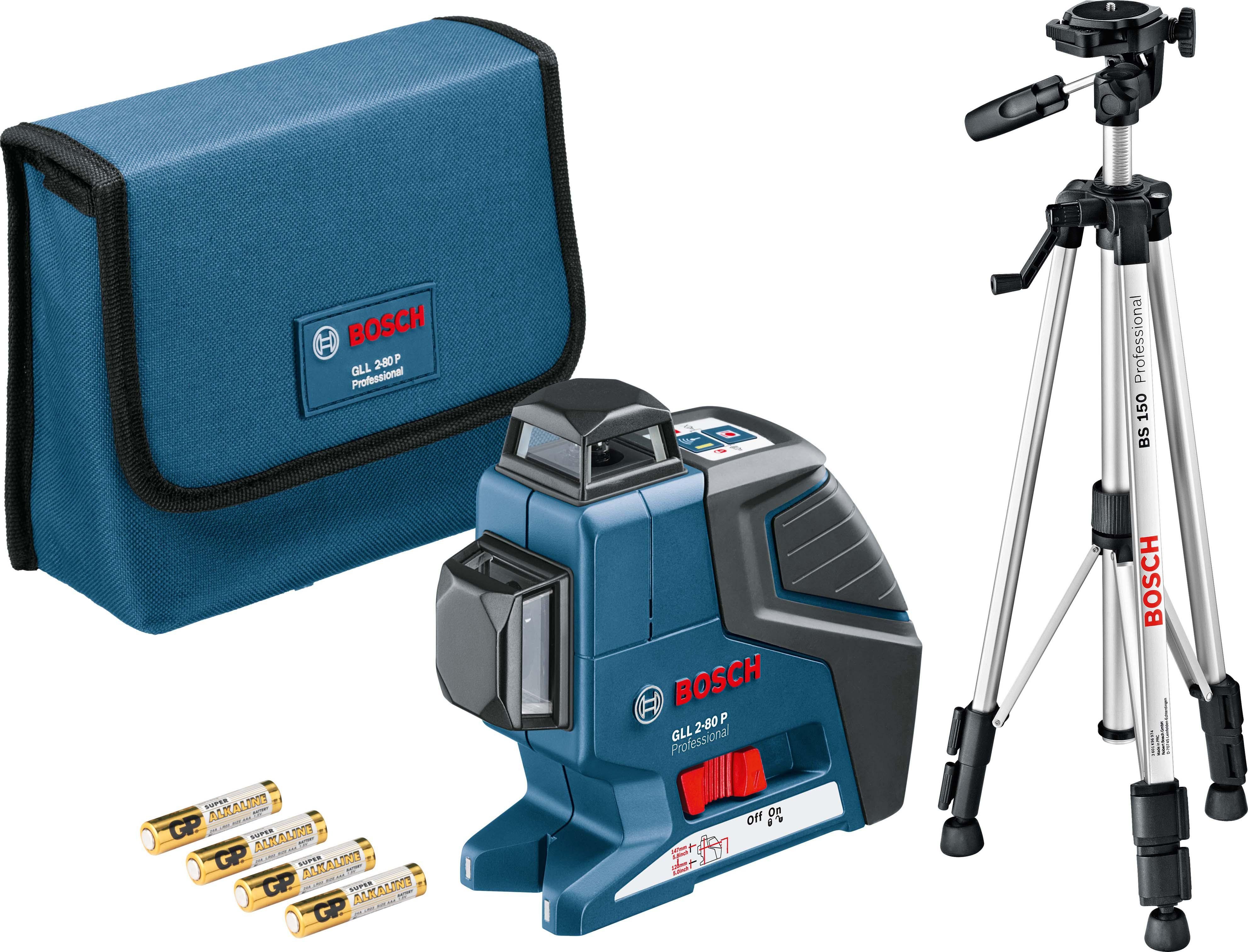
There is no such person in the world who does not know the products of the BOSCH brand. The company is known not only as a manufacturer of electrical devices and equipment, but also as a supplier of industrial, commercial, household and construction technologies.
The organization invests billions of euros in research and development and holds thousands of patents. In total, there are about five hundred subsidiaries in one hundred and fifty countries of the world. It is a transnational corporation with a solid market share, offering quality products that meet modern standards. The article presents the best BOSCH levels and laser levels of 2024. Unlike conventional optical and bubble levels, the electronic system is a completely different solution in construction equipment.

Varieties of digital levels
Laser units are classified as measuring technology. They are distinguished by high accuracy and ease of control. Thanks to the reliability of the electronics, they give accurate results in all weather conditions. The use of new technologies allows us to consider them not only as measuring instruments, but also as full-fledged intelligent devices that simplify the work of craftsmen. Depending on the principle of operation and field of application, the levels are divided into several categories:

- device with a combined laser. It is a versatile, high-precision and intelligent device that ensures the stability of nadirs and the straightness of laser beams. Suitable for all types of construction work. Due to self-leveling, the laser beams are adjusted to the level in literally a few seconds. Only one device is used for level detection and transfer. Works by exposing beams in the horizontal and vertical planes;
- rotary level. It is used for leveling all kinds of surfaces by means of a rotating tower with a laser beam. The device is easy to use. High-precision electronics do all the work for the master. He only needs to set the marks at the right points;
- device for checking the evenness of the floor. It is used for exposing concrete screed or other types of floors one level at a time. The device registers any change in the horizontal plane. Measurement of differences begins from the base point and continues over the entire surface area;
- line level. High precision device for plotting three axes. Forms two vertical lines and one horizontal plane, which are projected onto the ceiling, forming a plumb point. Provides accurate and fast alignment of contour lines in three dimensions;
- point level. Self-leveling device. Projects five points in five directions. Used to transfer corners in the interior of rooms. Also forms a plumb point.
New technologies used in electronic leveling devices make it possible to simplify the process of setting horizontal and vertical planes, including angles.
Combined laser levels

The schematic arrangement of such models is not innovative. Other manufacturers also have analogs. The principle of operation is to project two laser planes perpendicular to each other. Along the zenith and nadir points, the level is set in space.
The advantages of the lineup
- projection of rays in the horizontal and vertical directions, as well as two points in the center of the base of the device;
- placing laser beams around center points;
- flexibility of use thanks to a special rotating arm;
- interfacing with wireless data transmission technology, which allows you to control and adjust the level remotely;
- adaptability of power supplies;
- precise positioning at the zenith and nadir points;
- visibility of beams in all weather conditions.
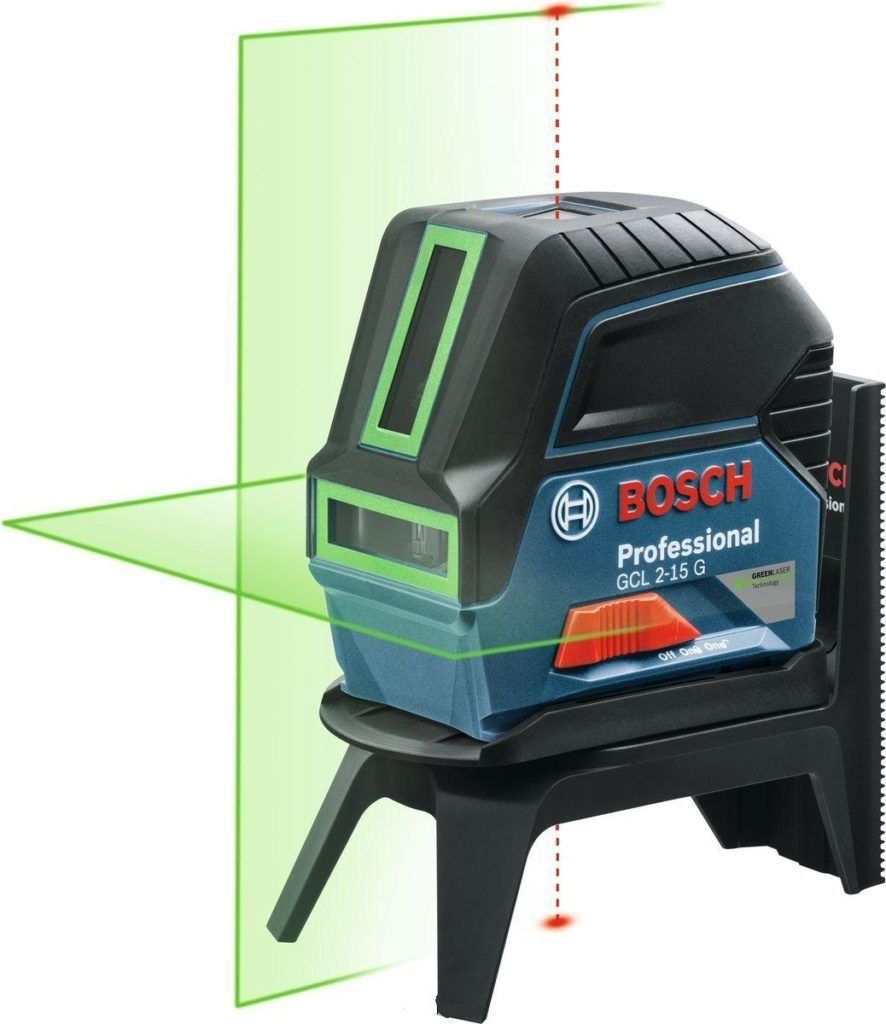
Technical description
| Specifications table | |||||
|---|---|---|---|---|---|
| GCL2-50C Professional | GCL2-50CG Professional | GCL2-50 Professional | GCL2-15 Professional | GCL2-15G Professional | |
| Working distance without receiver in meters | 20 | 20 | 15 | 15 | 15 |
| Working distance with receiver in meters | 50 | 50 | 50 | no receiver | no receiver |
| Level measurement error | 0.3 millimeters per meter distance | 0.3 millimeters per meter distance | 0.3 millimeters per meter distance | 0.3 millimeters per meter distance | 0.3 millimeters per meter distance |
| Laser diode beam size | 630-650 nanometers | linear 500-540 nanometers for power up to 10 milliwatts, spot 630-650 nanometers for power up to 1 milliwatt | 630-650 nanometers | 630-650 nanometers for power up to 1 milliwatt | linear 500-540 nanometers for power up to 10 milliwatts, point 630-650 for power up to 1 milliwatt |
| Operating temperature range | minimum: -10 ° С; | minimum: -10 ° С; | minimum: -10 ° С; | minimum: -10 ° С; | minimum: -10 ° С; |
| maximum: + 50 ° С | maximum: + 50 ° С | maximum: + 50 ° С | maximum: + 50 ° С | maximum: + 50 ° С | |
| Storage temperature range | minimum: -20 ° С maximum: + 70 ° С | minimum: -20 ° С maximum: + 70 ° | minimum: -20 ° С maximum: + 70 ° | minimum: -20 ° С maximum: + 70 ° | minimum: -20 ° С maximum: + 70 ° |
| Laser type | class number 2 | class number 2 | class number 2 | class number 2 | class number 2 |
| Working ranges in meters | 20 | 20 | 15 | 15 | 15 |
| Maximum receiver distance in meters | 50 | 50 | 50 | no receiver | no receiver |
| Maximum working distance of the laser point in meters | top: 10; bottom: 10; | top: 10; bottom: 10; | top: 10; bottom: 10; | top: 10; bottom: 10; | top: 10; bottom: 10; |
| Maximum angle of deviation from horizontal | 4 | 4 | 4 | 4 | 4 |
| Protection class | IP54 | IP54 | IP54 | IP54 | IP54 |
| Power supplies | 4x1.5VxLR6x (AA) | 4x1.5VxLR6x (AA) | 3x1.5VxLR6x (AA) | 3x1.5VxLR6x (AA) | 3x1.5VxLR6x (AA) |
| Maximum work time | 18 and 10 o'clock for line and point projection; | 10 and 4 hours for line and point projection; | 6 hours for point and line projections; | 6 hours for point and line projections; | 6 hours for point and line projections; |
| 25 and 16 hours for transverse beams; | 13 and 6 o'clock for transverse beams; | 8 hours with crossed projections; | 8 hours with crossed projections; | 8 hours with crossed projections; | |
| 35 and 28 hours for longitudinal rays; | 15 and 12 o'clock for longitudinal rays; | 12 hours with joint work of point and line beams; | 12 hours with joint work of point and line beams; | 12 hours with joint work of point and line beams; | |
| 60 and 32 hours for spot projection. | 60 and 32 hours for spot projection. | 16 hours with linear beams; | 16 hours with linear beams; | 16 hours with linear beams; | |
| The times are indicated when the device is powered by a 4-x lithium-ion AA-standard battery. | The times are indicated when the device is powered by a 4-x lithium-ion AA-standard battery. | 22 hours with spot beams; | 22 hours with spot beams; | 22 hours with spot beams; | |
| The times are indicated when the device is powered by a 4-x lithium-ion AA-standard battery. | The times are indicated when the device is powered by a 4-x lithium-ion AA-standard battery. | The times are indicated when the device is powered by a 4-x lithium-ion AA-standard battery. | |||
| Threaded hole diameter in inches | 1/4 | 1/4 | 1/4 and 5/8 | 1/4 and 5/8 | 1/4 and 5/8 |
| Total weight of the product | 600 gram | 600 gram | 490 gram | 490 gram | 490 gram |
| Laser color | red | green | red | red | green |
| Projection | 2 line and 2 point | 2 line and 2 point | 2 line and 2 point | 2 line and 2 point | 2 line and 2 point |
| Absolute perpendicular line error | 0.7 mm / m | 0.7 mm / m | 0.7 mm / m | 0.7 mm / m | 0.7 mm / m |
| Laser Compatible Receivers | LR6 / LR7 | LR7 | LR6 / LR7 | no receiver | no receiver |
| Self-leveling time | 4 seconds | 4 seconds | 4 seconds | 4 seconds | 4 seconds |
| Price in rubles | 18359 | 25959 | 10907 | 9037 | 15069 |
Delivery set
The kit is subdivided into basic and advanced versions. The basic one includes:
- four batteries;
- adapters for alkaline batteries;
- tripod with swivel mount: BM1, BM2 and BM3;
- bag for storing tools.
The extended version also includes all of the above, except for the case, which is made of plastic. It also includes a clothespin and ceiling bracket.
Functional features
The functionality of the leveling device of this model is expanded by the complete set, since it allows you to measure the perimeter without moving the device itself. In addition, there are special four magnets for which the device can be fixed on metal or magnetized surfaces. Also, the equipment allows fixing the device to the ceiling to mark the upper part of the room perimeter. The ceiling mounts are equipped with an additional lifting device. Of course, such a bracket will have to be purchased separately and for a not decent price, but for professional installers the investment will pay off very soon. There is also a similar wall bracket with a lifter.

The body of the level is manufactured using a large number of bolts. They are needed, first of all, for adjusting the device after shaking or using in adverse weather conditions. The case is perfectly aligned at the factory. The battery compartment is sealed and the cover is made of durable plastic. On some models, there are two tripod mounting holes with different thread bolts on the bottom of the instrument: a quarter inch and a five-eighth inch.
The vertical aperture is correct and slightly tilted, which makes the instrument convenient to use in confined spaces. Therefore, even when densely installed next to a wall, the device projects a laser line onto the ceiling.
An automatic leveling system is integrated into the device. This technology in itself is not new, it can be found on many analogues of competitive brands. Positioning to operating mode takes no more than 4 seconds. Professional models have sound and indicator alarms about the loss of the horizon, household versions are equipped only with visual means of warning. When deviating from the vertical line by 4 degrees, the system begins to signal that the permissible tilt angle is exceeded.
On the side of the body there is a toggle switch for turning on the device and adjusting the slope mark. In the upper part there is a monochrome display and membrane keys for controlling laser beams. This is a very convenient option that allows you to turn on and off the LEDs individually, which saves battery power and does not blind other people.
Levels with a rotary tower
Levels with a rotating tower project a plane around a circle. This allows several workers to work with receivers at once. The beam is visible at a distance of 200 to 500 meters, and some devices are capable of shooting a beam at a distance of up to 1 kilometer.Such devices are used mainly at large construction sites.

The advantages of the lineup
- programmable function of deviation from the horizontal line;
- alarm in case of loss of zenith point;
- relative height option;
- indication of the need to calibrate the equipment.
Technical features
| GRL500HV + LR50 Professional | GRL500V + LR 50 Professional | GRL300HVG Professional | GRL400H Professional | |
|---|---|---|---|---|
| Laser beam distance | 500 meters in diameter | 500 meters in diameter | 300 meters in diameter | 400 meters in diameter |
| Level measurement error | 0.05 mm / m in horizontal projection, 0.1 mm / m in vertical projection | 0.05 mm / m in horizontal projection | 0.1 mm / m | 0.08 mm / m |
| Laser diode | 635 nanometers for power up to 1 milliwatt | 635 nanometers for power up to 1 milliwatt | 532 nanometers for power up to 5 milliwatts | 635 nanometers for power up to 1 milliwatt |
| Operating temperature range | min. -10 max. +50 degrees | min. -10 max. +50 degrees | 0 - 40 ° C | min. -10 max. +50 degrees |
| Storage temperature range | min. -20 max. +70 degrees | min. -20 max. +70 degrees | min. -20 max. +70 degrees | min. -20 max. +70 degrees |
| Laser class | 2 | 2 | 3R | 2 |
| Working distance range value with receiver | 500 m | 500 m | 300 m | 400 m |
| Working distance range value without receiver | 20 meters | 20 meters | 100 m | 20 meters |
| Working range without receiver | 20 meters in diameter | 20 meters in diameter | 100 meters in diameter | 20 meters in diameter |
| Angle deviation | 5? | 5? | 5? | 5? |
| Self-leveling time in seconds | 15 | 15 | 15 | 15 |
| Enclosure protection class | IP 56 | IP 56 | IP 54 | IP 56 |
| Number of revolutions | 600 rpm per minute | 600 rpm per minute | The value depends on the type of servo, it can be: 150, 300 and 600 rpm. per minute | 600 rpm per minute |
| Power supply type | 4x7.4V lithium | 4x7.4V lithium | 2x1.2VxHR20x (D) x (9 A / h); | 2x1.2VxHR20x (D) x (9 A / h); |
| 2x1.5VxLR20x (D) x (9 A / h) | 2x1.5VxLR20x (D) x (9 A / h) | |||
| Maximum duration of operation | 25 hours from Li-Ionen | 25 hours from Li-Ionen | 20 hours from NiMH | 20 hours from NiMH |
| Thread diameter in inches | 2x5 / 8 | 1x5 / 8 | 1x5 / 8 | 1x5 / 8 |
| Weight in grams | 2300 | 2300 | 1800 | 2000 |
| Laser color | red | red | green | red |
| Projection | 1 line 360 ° | 1 line 360 ° | 1 line 360 ° | 1 line 360 ° |
| Receiver Brand Compatibility | LR 50 | LR 50 | LR 1G | LR 1 |
| Price | 79869 | 78500 | 84989 | 68130 |
Delivery set

The kit includes:
- laser beam receiver;
- case;
- battery charging means;
- accumulators;
- instruction.
Functional features
Rotary levels are used at construction and assembly sites. They form a plane along their radius of 360 degrees due to the rotation of a laser LED tower equipped with a special servo drive. The receiver is placed on a special bar, which is set in turn at those points that need to be targeted. The maximum distance from the device depends on the model type.

Rotary levels cover all the space around them. This measurement technique allows you to use several receivers simultaneously, which greatly speeds up the work process. All devices of this type are equipped with the scanning function. However, it is possible to set the beam at a specific angle through the settings. That is, the device displays the laser beam only at the location indicated by the operator. This option is convenient for aligning window or door openings along one wall, or along the perimeter of a building.
Levels of this model are equipped with a vertical plumb line projection system. The function is also needed for self-leveling on the surface. Morally outdated and cheap devices do not have such functionality, so it is imperative to pay attention to such a characteristic in the technical passport. The option is needed so that you do not have to level the device itself manually using a liquid level in the future. Modern devices automatically line up in horizontal and vertical planes. The compensator works only if the maximum tilt angle is not exceeded.Otherwise, the indicator light comes on to indicate that the instrument is not in a vertical position.
Self-leveling automation is equipped with either a damper or an electronic system. The most widely used are magnetic alignment accelerators. It stabilizes laser beams faster than other systems. It is used on professional devices and is needed for such cases when during operation the level accidentally loses its initial alignment.

With the help of rotary levels, you can make alignment not only in the horizontal plane, but also in any other. To do this, first disable it in the automatic adjustment settings. Once locked, the device can be positioned at any angle. This option is convenient, for example, when decorating walls with decorative materials.
Consumer reviews
The devices are supplied with sufficiently capacious rechargeable batteries, which last almost the whole day. This is convenient because you do not have to constantly charge them, which can significantly reduce productivity.
The equipment has accuracy only at close range, but with increasing distance, the aiming error increases due to the scattering of laser light. The visibility of the laser beam is strongly influenced by illumination. In bright and sunny weather at a great distance, the laser beam is practically invisible, which again affects the accuracy.
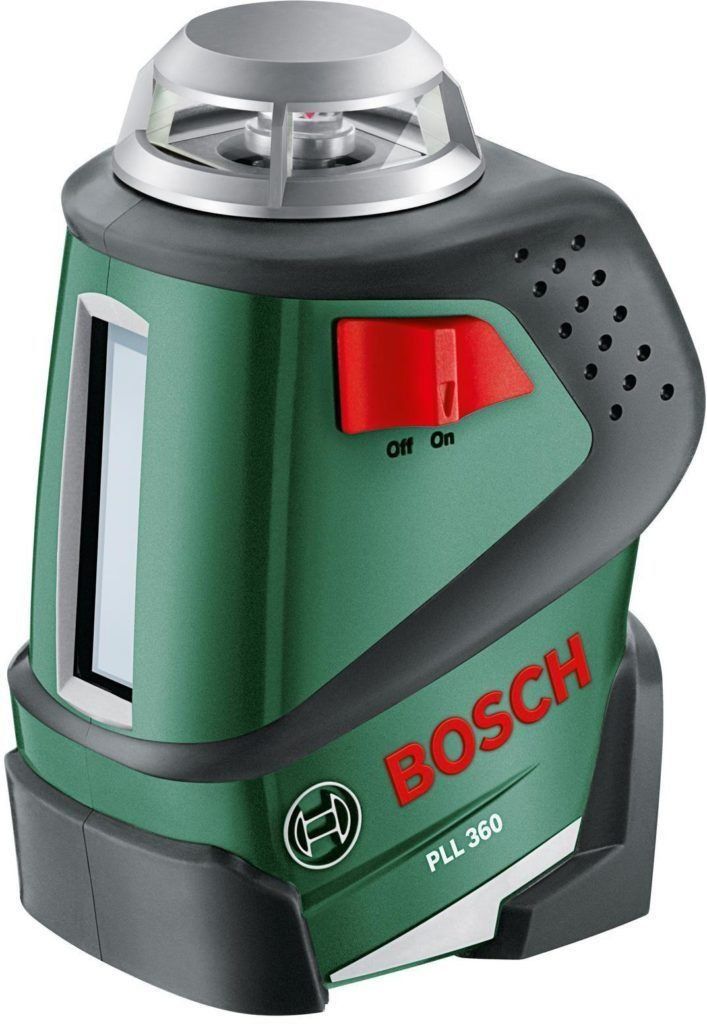
Levels are made compact and lightweight, which makes them mobile. One person can move them from one place to another. It is much more convenient to use such devices than bubble ones. The tripod does not impair his mobility. It does not play an important role, so you can buy even the simplest and cheapest one.
Advantages
The advantages of this brand:
- compactness;
- mobility;
- affordability;
- reliability.
disadvantages
Disadvantages of the models:
- lack of accuracy at long distances;
- dispersion of the beam;
- some components need to be purchased separately, as they are not included in the main kit.
Conclusion
Laser levels are much more convenient to use than bubble levels. They significantly increase labor productivity. Devices equipped with an automatic leveling system allow you not to waste time on setting the level itself. New technologies are more expensive than traditional tools, but they are designed to make the work of craftsmen easier and more efficient.
new entries
Categories
Useful
Popular articles
-

Top rating of the best and inexpensive scooters up to 50 cubic meters in 2024
Views: 97661 -

Rating of the best materials for noise insulation for an apartment in 2024
Views: 95022 -

Rating of cheap analogues of expensive drugs for flu and colds for 2024
Views: 91750 -

The best men's running shoes in 2024
Views: 87680 -

Top ranking of the best smartwatches 2024 - price-quality
Views: 85091 -

Best Complex Vitamins in 2024
Views: 84801 -

The best dye for gray hair - 2024 top ranking
Views: 82406 -

Rating of the best wood paints for interior use in 2024
Views: 77202 -

Ranking of the best action cameras from China in 2024
Views: 75269 -

Rating of the best spinning reels in 2024
Views: 74827 -

The most effective calcium supplements for adults and children in 2024
Views: 72462 -

Top rating of the best means for male potency in 2024 with a description
Views: 68296


